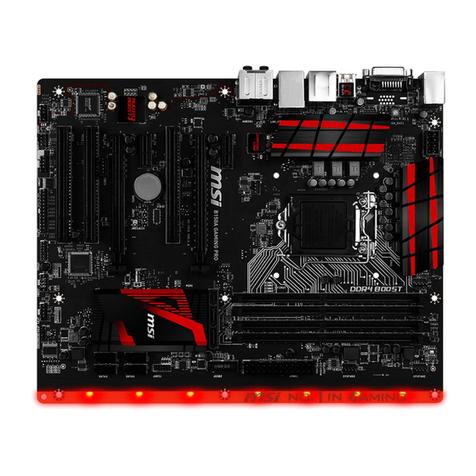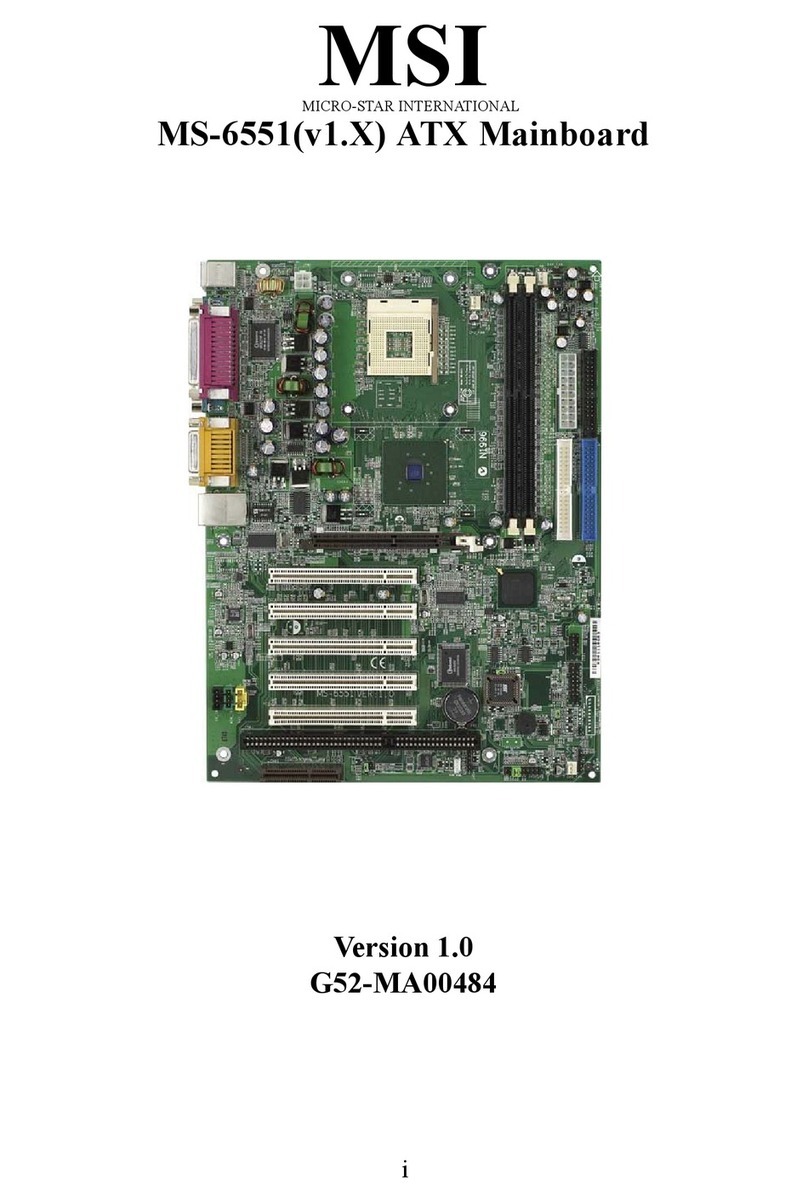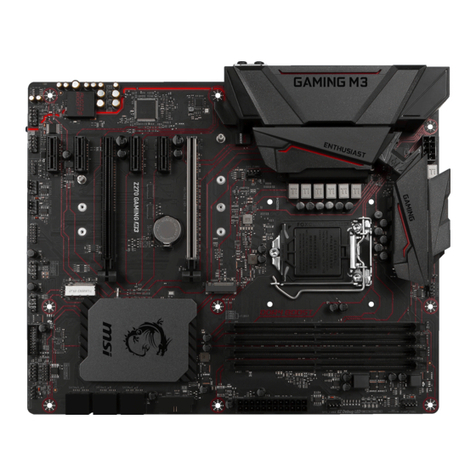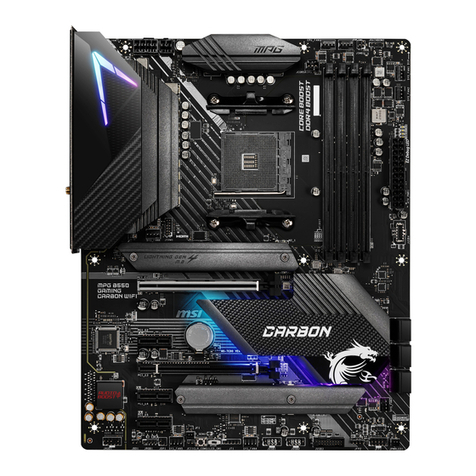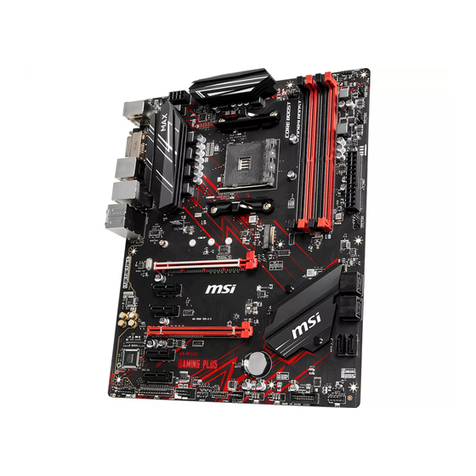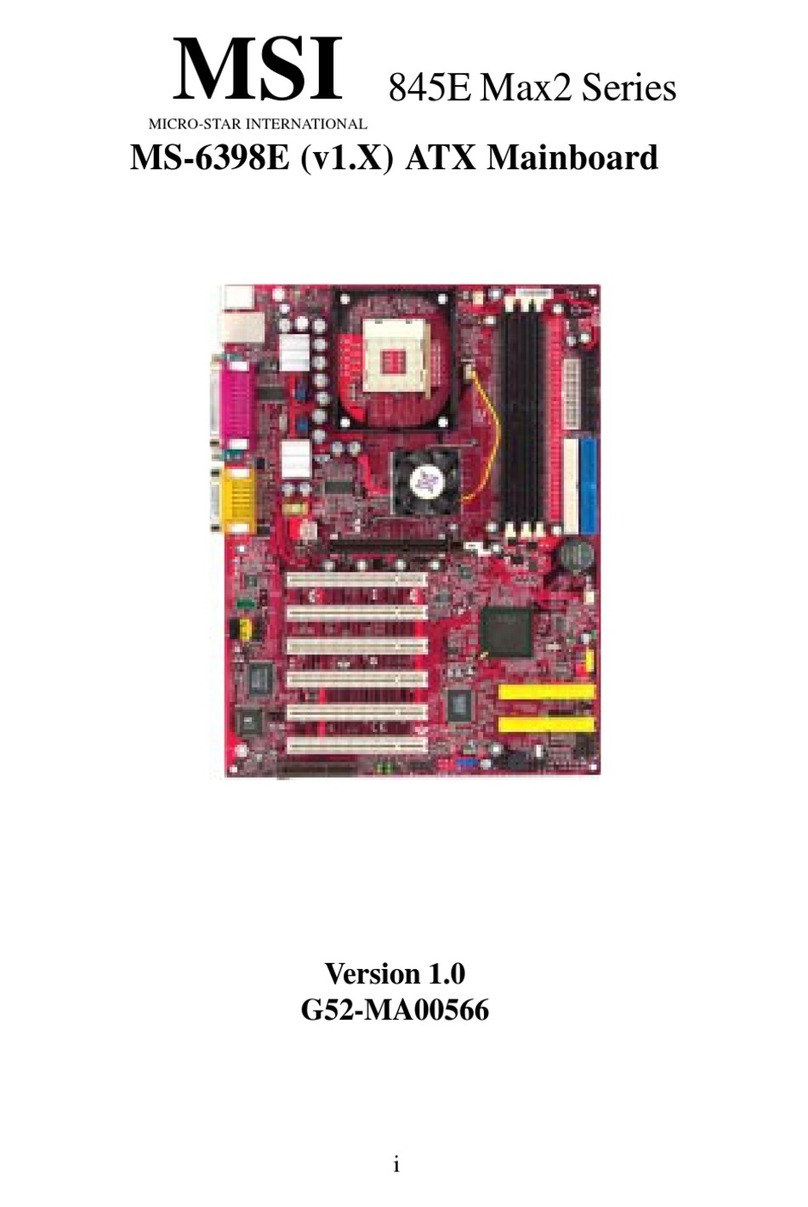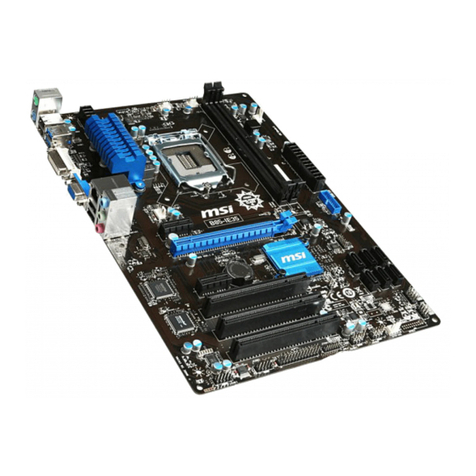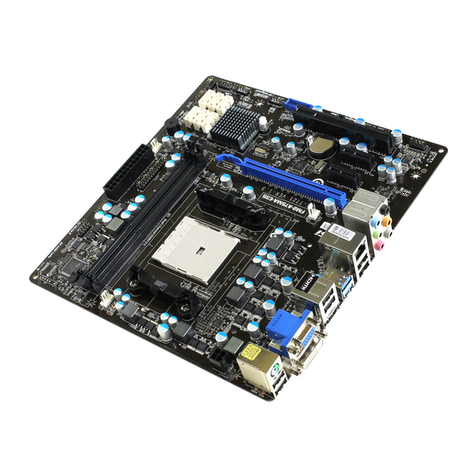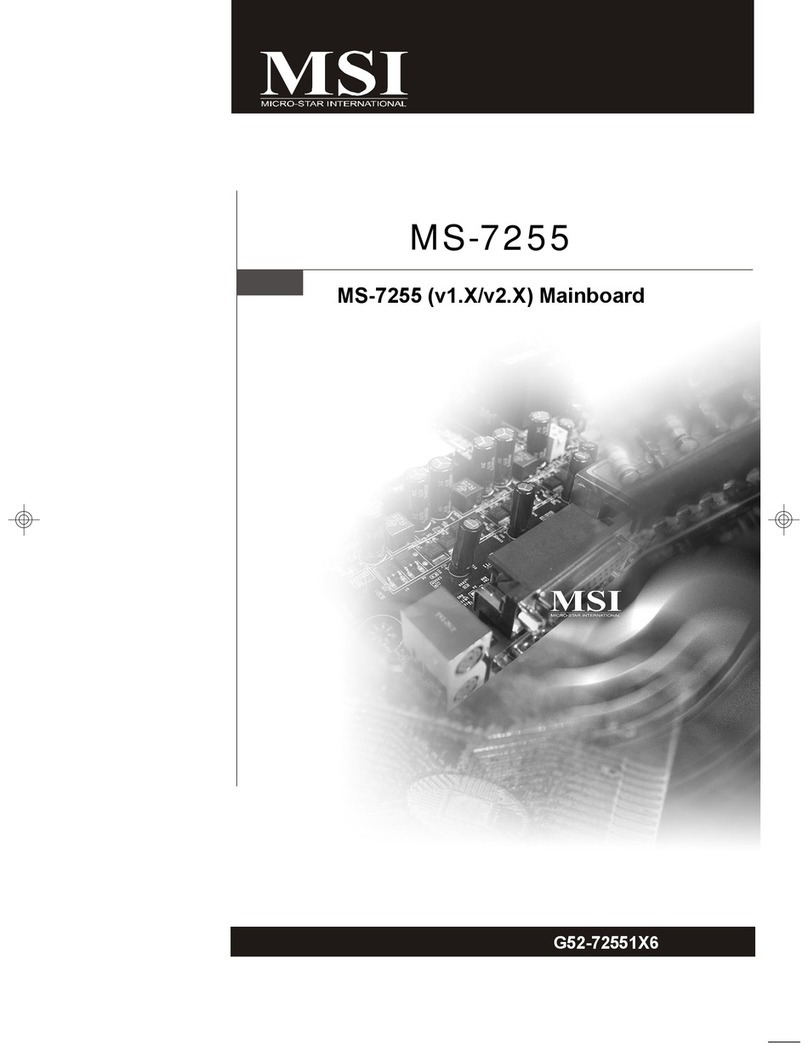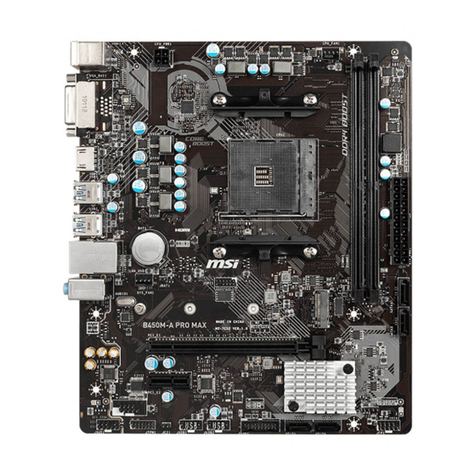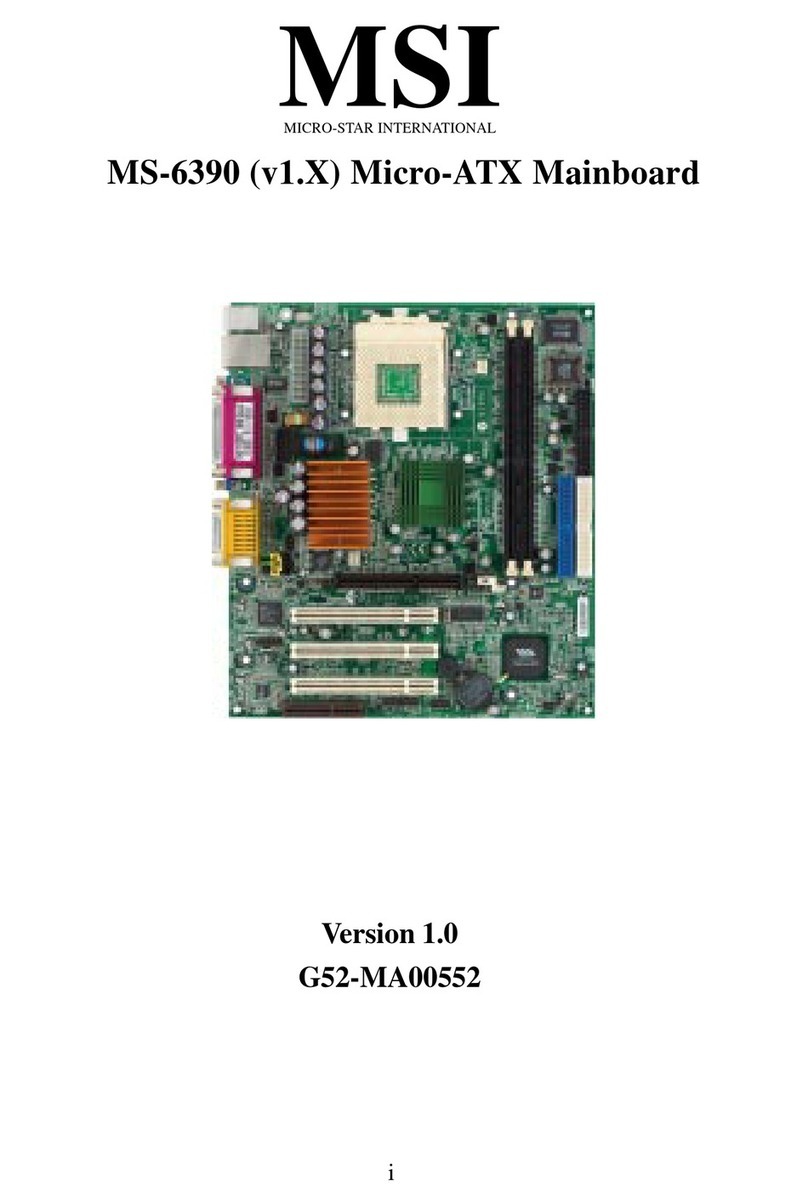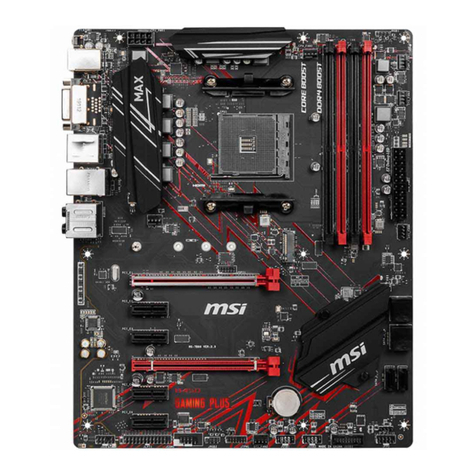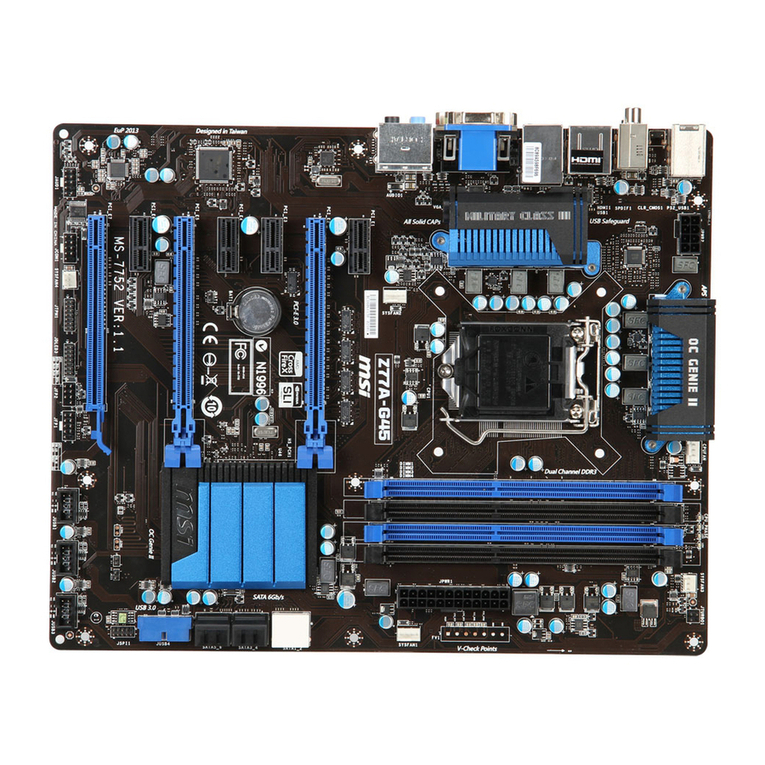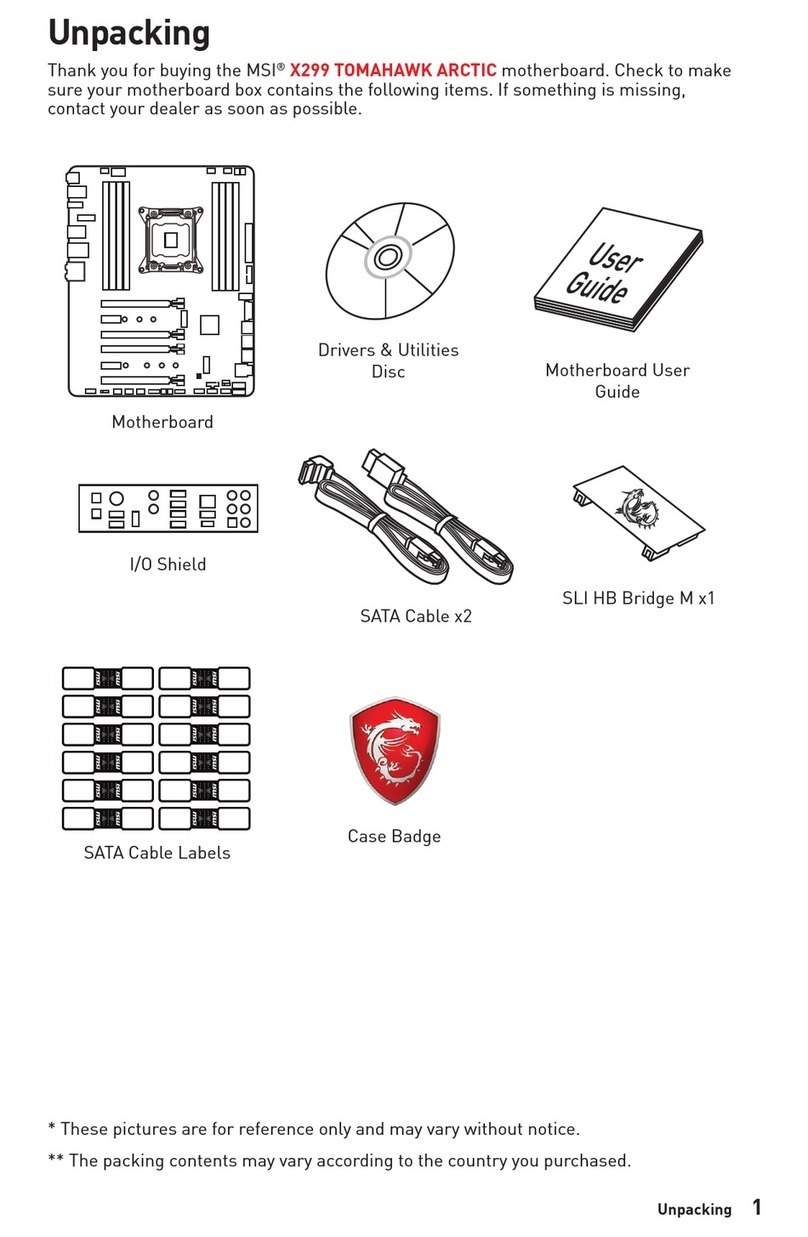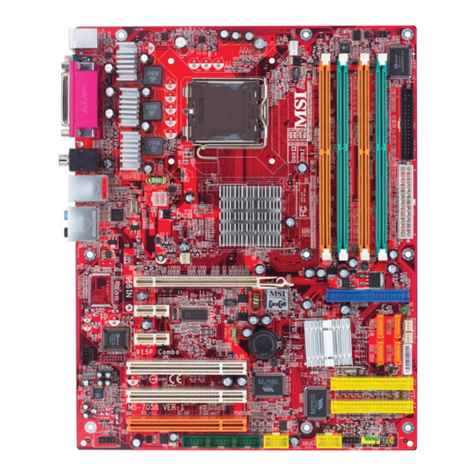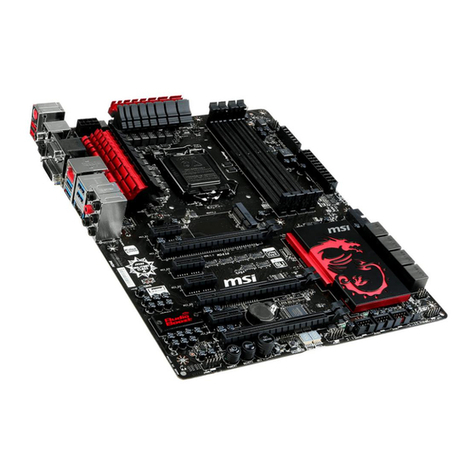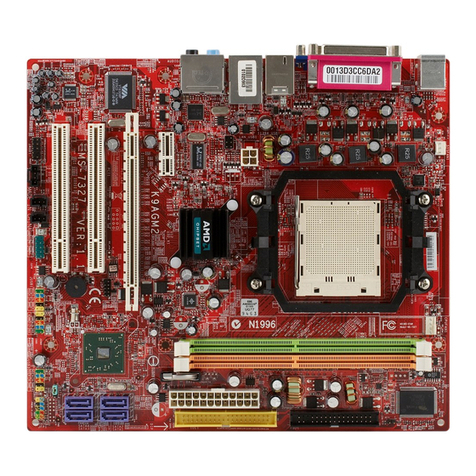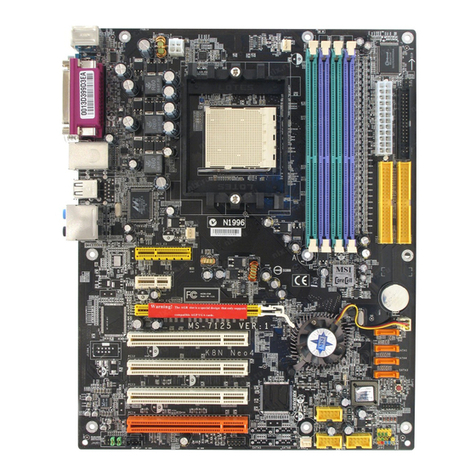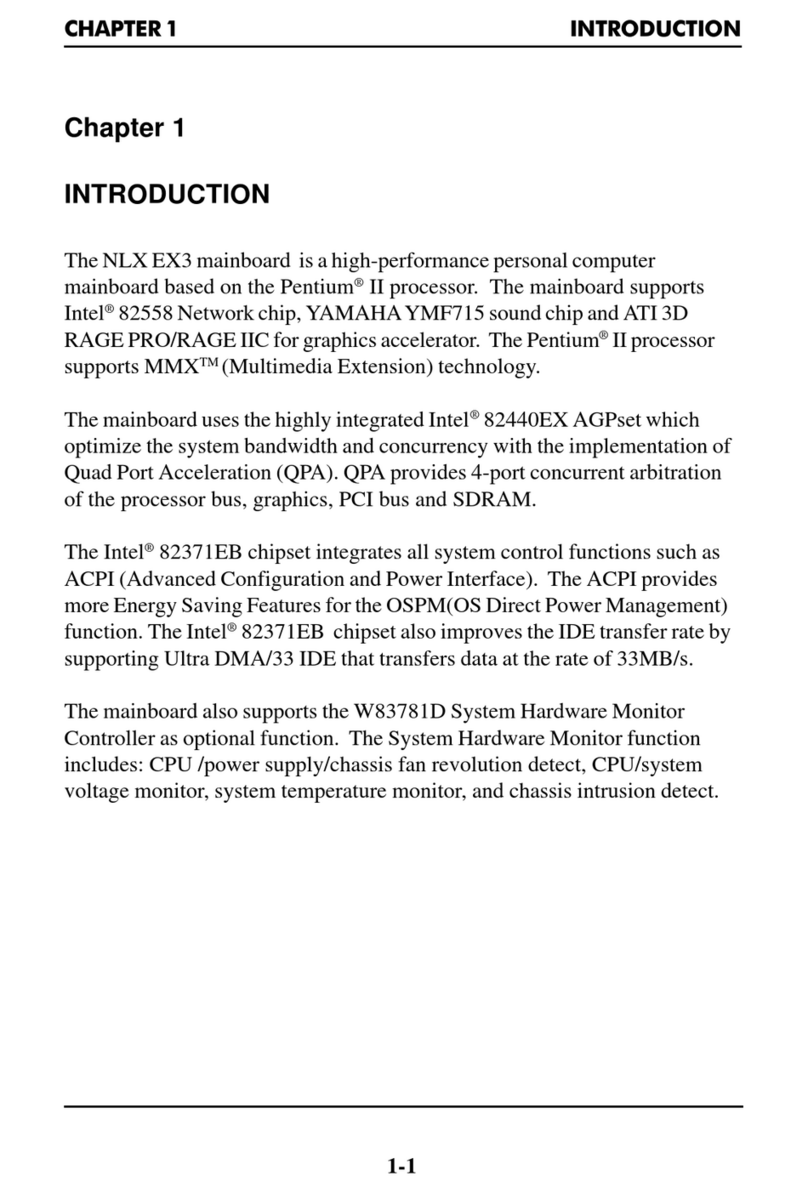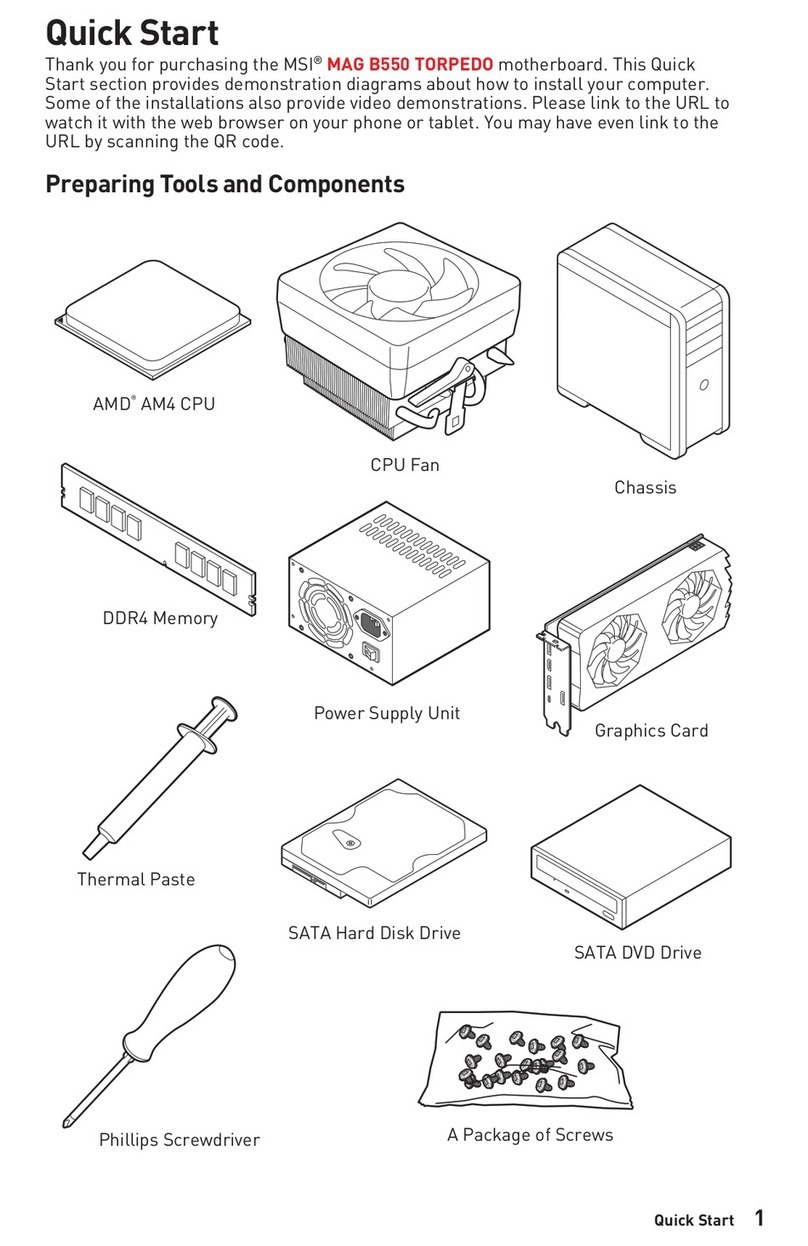Preface
Table of Contents
ΜCHAPTER 1 INTRO UCTION...................................................................1
System Board Specifications...............................................................................2
System Board Layout...........................................................................................3
CHAPTER 2 HAR WARE INSTALLATION..............................................5
Clock Selection: SW1..........................................................................................5
CPU Voltage Selector: JV2..................................................................................7
Cache Size and Memory Locations.....................................................................9
Cache Selection: JS1, JS2....................................................................................9
Memory Bank Configuration.............................................................................12
PS/2 keyboard connector: PSK1........................................................................14
PS/2 mouse connector: PSM1............................................................................14
Serial Port Connector:C M1,C M2.................................................................14
Parallel Port Connector: PRN............................................................................14
Case Connector Block: JFP................................................................................15
Power Supply Connector: J 1.............................................................................16
External Battery Connector: JB1.......................................................................17
CPU Fan Connector: JFAN................................................................................19
Power Saving Switch Connector: JG1...............................................................19
Floppy Disk Connector: FDD............................................................................19
Hard Disk Connectors: HDD1,HDD2...............................................................20
VGA Connector: VGA.......................................................................................20
n-Board VGA Selection: JVG1.......................................................................20
VGA Feature Connector: CN1...........................................................................20
VGA DRAM Configuration...............................................................................21
CHAPTER 3 BIOS SETUP.............................................................................23
AMI BI S Setup................................................................................................23
Main Menu ptions...........................................................................................26
Setup Window................................................................................................26
CHAPTER 4 VGA REFERENCE..................................................................49
C NFIGURING THE HARDWARE...............................................................49
Installing Enhance Drivers.................................................................................59
Monitor Power Management.............................................................................75
Video Mode Tables............................................................................................78
iii
